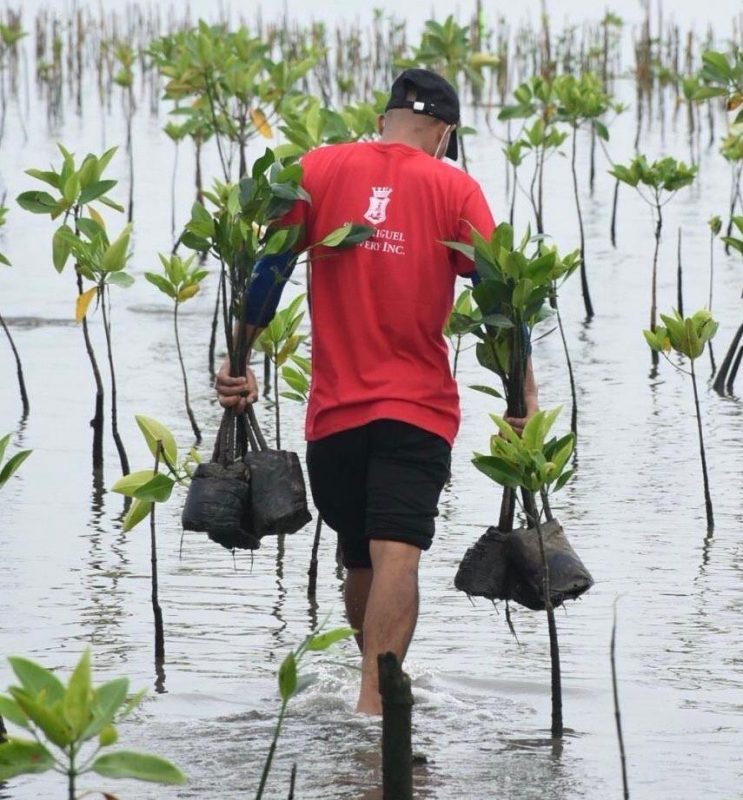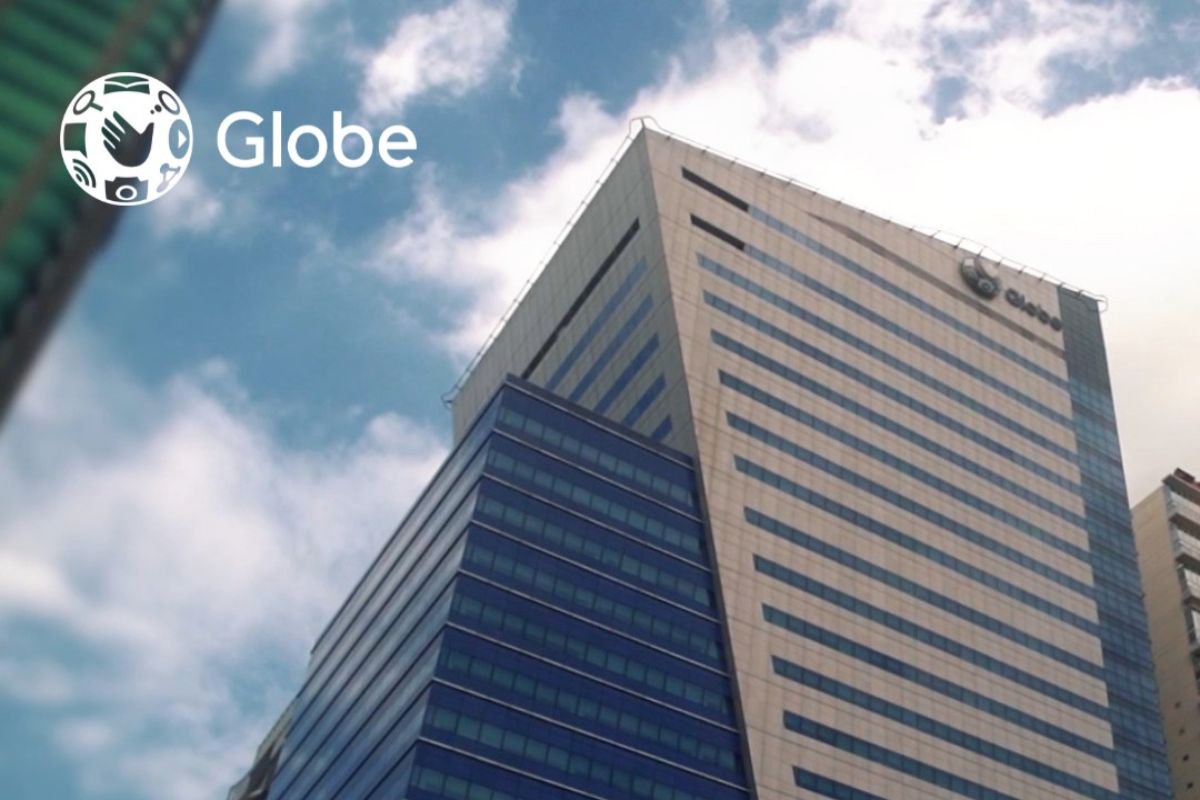LOOK: SMC TO DEVELOP SUSTAINABLE MANGROVE CRAB INDUSTRY IN BULACAN TO BOOST ECOSYSTEM AND LIVELIHOOD
San Miguel Corporation (SMC) will grow 100,000 mud crabs monthly at its 10-hectare mangrove plantation site in Hagonoy, Bulacan to protect the forest and provide a new and sustainable source of livelihood for residents of the town and the rest of the province.
SMC president and chief operating officer Ramon S. Ang said the mud crab business has long been established in the country. And while the Philippines is, in fact, one of the top producers of mud crabs in the world, experts say there is a need to further improve production to meet demand in the coming years.

Hagonoy, one of the priority areas of SMC’s massive mangrove planting program to help address perennial flooding in Bulacan province and Central Luzon, is a good area to start the said project.
“Along with our goal to help address flooding through the planting of mangroves in these priority areas identified by the Department of Environment of Natural Resources (DENR), we are seeding 100,000 mud crabs monthly at Hagonoy’s mangrove plantation area to help boost the country’s mud crab production,” Ang said.

Mud crabs are considered a culinary delicacy in many restaurants and hotels in both local and international markets, making it a foreign exchange earner and a major source of livelihood for fishermen and fishpond owners in the country.
“These mangrove areas are a good breeding ground for mud crabs and will provide the local government unit of Hagonoy, fishermen, local entrepreneurs, and rural communities with a sustainable source of income given the mud crabs’ high-income potential,” he said.
Hagonoy’s coastal area is part of the total 76 hectares under SMC’s massive mangrove-planting program. A total of 190,000 mangroves will be planted in the coastal areas covering Bulacan and Central Luzon.
The first 8,000 of the 25,000 mangroves were planted in three hectares in Hagonoy’s Barangay Tibaguin last July 29 with the remainder expected to be completed within the year.
Hagonoy, one of the lowest-lying areas in Bulacan province, is expected to benefit from the mangrove project for the long-term as mangroves will help protect locals from floods brought on by the rainy season, tidal floods, and waters coming from the Pampanga basin.

The mangrove planting program is part of SMC’s flood-mitigation plan ahead of the construction of the Manila International Airport, the country’s newest and largest international gateway just north of Metro Manila, in October.
“These flood mitigation measures are all integral to airport development. It’s very important to address these environmental concerns before investing over P700 billion for the airport. This airport is a game-changer for everyone and will help revive the economy of Bulacan and the country against the Covid-19 pandemic, “he said.
SMC’s airport project will feature four parallel runways and a provision for two more, a world-class terminal, supported by a seamless transport system, among other features.
It can accommodate up to 100 million passengers yearly, generate over a million direct and indirect jobs, spawn many small industries in Bulacan, and significantly boost tourism that will lead to more jobs across all industries.








